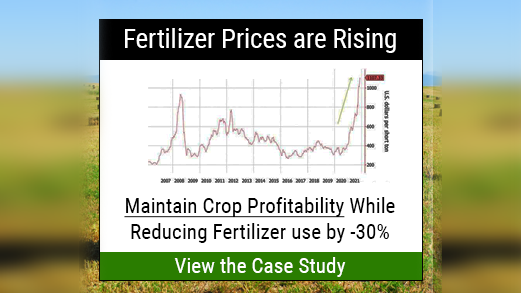Whole Farm Revenue Protection Adds Up For Crop Insurance Seekers
A crop insurance product for practically all commercial growers, farmers, and ranchers is scheduled to become available this fall. The 2014 Farm Bill mandates a whole-farm crop insurance policy option, making the program dubbed “Whole Farm Revenue Protection” available to specialty crop, organic, and diversified growers selling multiple commodities, including specialty crops to wholesale markets. This new policy also is designed to meet the risk management needs of diversified crop or livestock producers including those selling to local and regional markets, farm identity preserved markets, or direct markets.
USDA’s Risk Management Agency (RMA) developed the product to focus on protecting the historical adjusted gross revenue averages of agricultural products produced by farmers and ranchers across the majority of the U.S.
According to Jeff Albritton, vice president of Stallings Crop Insurance Corp., this new crop insurance option is a game-changer. “This allows us to provide coverage to all those folks for which no crop insurance policy currently exists,” he says. “We are talking watermelons, strawberries, squash, lettuce, cabbage, celery, fish farms, shrimp farms, etc.”
Under The Umbrella
Farmers can continue to insure crops with current insurance plans under the Multi-Peril Crop Insurance (MPCI) program while incorporating revenue protection on the previously uninsurable crops, gaining an overall greater umbrella of risk protection with a Whole Farm Revenue Protection Policy. The basis for establishing your adjusted gross revenue is derived from five previous years of an entity’s Tax Form Schedule “F” (profit or loss from farming).
Whole Farm Revenue Protection Policy offers buy-up coverage levels of 50% to 85% at 5% increments. There are some specific requirements for certain crops and types of livestock, which producers will need to address, Albritton adds. “For instance, a grower with strawberries, blueberries, watermelons, and citrus would qualify for a whole farm revenue policy as long as their total insured revenue is $8.5 million or less on the sales closing date of Feb. 28.”
The currently available Adjusted Gross Revenue (AGR) and AGR Lite will be discontinued in 2015 and only offered limits of $6.5 million and $1 million respectively.
How It Works
“Let’s say a growing operation farms three or more commodities, has an established adjusted gross income of $1,000,000, and elected to purchase 85% coverage. This means this operation has a revenue guarantee of $850,000,” Albritton says. “If a loss were to occur that reduced its annual revenues below $850,000, the operation would be eligible for a payable claim if all other requirements of the policy had been met.”
Programs such as Whole Farm Revenue Protection is a result of USDA’s commitment to small and mid-sized producers that manage diversified operations to provide subsidized insurance protection products for effective risk management, Albritton concludes. “Growers of crops without the support of traditional multiple peril products should consider visiting with a qualified crop insurance agent to seek additional information on how this tool could protect their income for all produce in their portfolio.”









